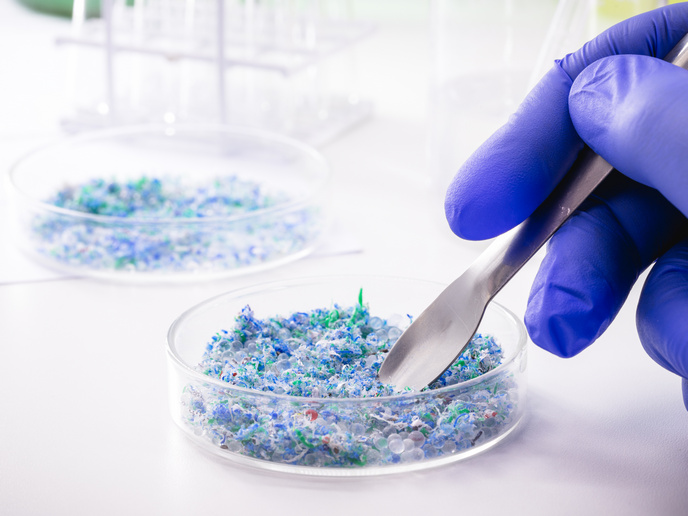High-throughput screening for toxic algae
Blooms of toxic or harmful microalgae, commonly referred to as HABs, represent a significant threat to fisheries resources and human health throughout the world. This necessitates the continuous monitoring of this phenomenon to avoid the potential health dangers and economic impacts of contaminated seafood. Traditionally, phytoplankton monitoring is carried out by identification and enumeration using light microscopy. However, this method, apart from being time consuming, is prone to error due to the phenotypic similarity among various algal species. To distinguish among different species in complex samples, various DNA-based methods such as fluorescent in situ hybridisation (FISH) have been developed. The EU-funded 'Microarrays for the detection of toxic algae' (MIDTAL) project proposed to develop a universal microarray to test bulk water samples for toxic algal species and their toxins. This method would speed up the laborious identification of individual species. Following extensive optimisation, MIDTAL partners developed an array with 163 probes covering all the major harmful algal species of current interest in the EU. The array was validated using traditional PCR for specific species and microscopy-based cell counts which showed reasonable agreement. The so called phylochip was considered to be more accurate in cases of small flagellate cells and Pseudo-nitzschia species, which are particularly difficult to quantify by light microscopy. A further aspect of MIDTAL's work involved the detection of main algae-producing toxins by the use of antibodies on a microarray format. Although not as sensitive as the ELISA, this chip could be utilised in samples of significant toxicity. Given the importance of toxin-producing algae for human health, directly or through the consumption of contaminated seafood, MIDTAL deliverables will aid the monitoring and prompt identification of toxic species. The high-throughput nature of the proposed method will significantly speed up the whole process, allowing for proper anti-contamination measures to be taken promptly.







